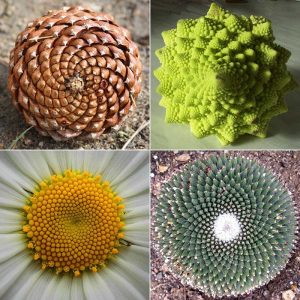function setup() {
// put setup code here
createCanvas(500, 500);
}
function draw() {
// put drawing code here
background(255, 90, 150, 90);
stroke(0);
strokeWeight(1);
ellipse(mouseX, mouseY, 100, 80);
}JS is cool!
[OLD FALL 2018] 15-104 • Introduction to Computing for Creative Practice
Professor Roger B. Dannenberg • Fall 2018 • Introduction to Computing for Creative Practice
function setup() {
// put setup code here
createCanvas(500, 500);
}
function draw() {
// put drawing code here
background(255, 90, 150, 90);
stroke(0);
strokeWeight(1);
ellipse(mouseX, mouseY, 100, 80);
}JS is cool!
function setup() {
// put setup code here
createCanvas(1000,1000);
background(0,0,0,95);
}
function draw() {
// put drawing code here
stroke(0);
strokeWeight(1);
ellipse(mouseX,mouseY,50,50);
}
This was my sketch! I liked making it, posting it was WAY harder???
function setup() {
// put setup code here
createCanvas(500,500);
}
function draw() {
// put drawing code here
background (255,100,100,20);
stroke(0); // putting one number applies it to all 3 rgb values
strokeWeight(1);
ellipse (mouseX,mouseY,100,80);
}this is my demo project.

First post- Dogs are cool!
A trailer for No Man’s Sky Next, released on July 24th 2018.
No Man’s Sky by Hello Games is a multiplayer action-adventure survival video game that lets players travel to planets, and outer space. The biggest feature in the game is that the planets, fauna, flora, are all procedurally generated. For example, features of a planet like the climate and biome are all unique. According to the director, Sean Murray, there are 18 quintillion planets available for everyone to team up and explore.
This project was inspired by science fictions by Isaac Asimov, Arthur C. Clarke, and Robert Heinlein. The team started with one developer, which expanded to four, and finally a dozen; it took them four to five years to fully develop. They used a custom game engine that allowed them to create the game mostly through procedural algorithms and minimize the number of 3D and 2D art assets. In July 2018, Hello Games released an update No Man’s Sky Next, which vastly improved the game overall.
I find No Man’s Sky inspirational because it proves that indie game developers, even with a small team, can achieve big goals. As an aspiring developer, it gives me the courage to never give up no matter the what difficult situation my team faces.
Official site: No Man’s Sky site

Hello, this is my first looking outwards!
A demonstration showcasing varying positions
Around early April, I was browsing Imgur when I saw a really cool project. This user had posted a work-in-progress project geared towards players of Dungeons & Dragons, or other tabletop games. The creators were two guys, Quentin and Dan, from Elderwood Academy. The project itself utilizes tags or tokens that an app would be able to recognize and determine its orientation, and be able to overlay a digital model over the camera output, similar to Pokemon Go.
The project is a pretty straightforward machine vision example, and there are a few premade augmented reality toolkits. A very similar project used ARToolkit for Unity, although that had more built-in functionality, acting more as a game than just a viewer. The project was partially inspired by the Microsoft Holodeck, as well as the common use of figurines for tabletop D&D gameplay and the buzz around machine vision and AR games.
Personally, I admire it as a hobby project. Before going to Kickstarter, the creators put two months of work into it as a hobby, and while the thing isn’t the most polished, it demonstrates a concept product and use. One cool possibility I could see coming out of this is that it costs money to buy tokens, and if there were some sort of open-source AR model app developed, it could be used to really enhance a simple tabletop game without having to spend a lot of money on figures.
A dragon rotating with the card
They have an old Imgur link here, as well as an unsuccessful Kickstarter page here.

Join Phoenix.

Hello this is my first looking outwards! I’m so excited!

this is a good post